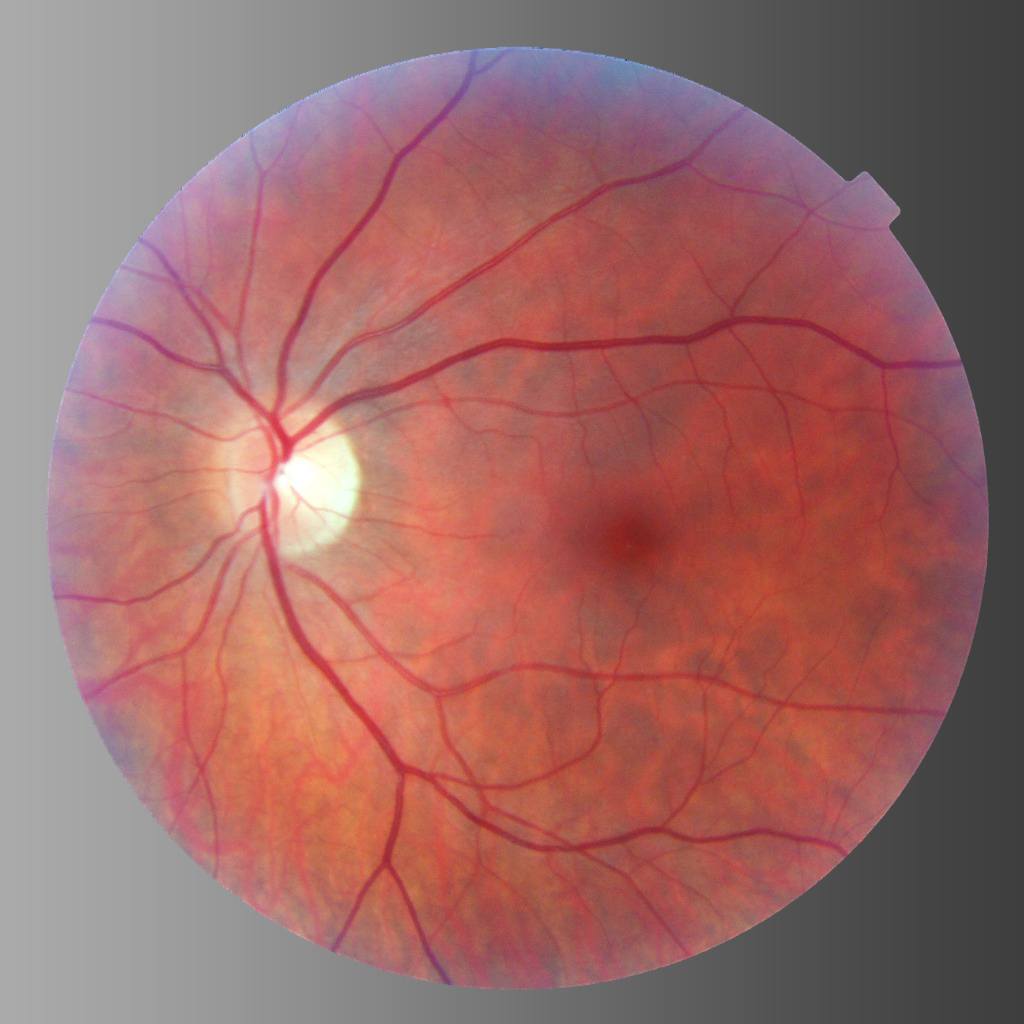
Proliferative Vitreoretinopathy Symptoms & Treatment
What is Proliferative Vitreoretinopathy?
Proliferative vitreoretinopathy (PVR) is a rare ocular condition that can lead to vision loss or blindness. It occurs after retinal detachment repair surgery or as a result of an open globe injury (trauma to the eyeball). When a person develops PVR, cells in the retina start to multiply and form scar tissue. The scar tightens and pulls the retina away. There is no approved therapy for PVR, which accounts for 75% of complications following retinal detachment, and occurs in 5 to 10% of people after having retinal attachment surgery. PVR also occurs in up to 50% of people who have suffered an open globe injury.
PVR accounts for 75% of problems following that kind of surgery.
PVR also happens in up to 50% of people who have had an open globe injury.
How PVR Can Develop
The retina is the light-sensitive layer of tissue lining the back of the eye. A detached retina is when the retina becomes separated from the underlying support tissue at the back of the eye. Retinal reattachment surgery has about a 90% success rate. In 5% to 10% of cases, however, patients develop scar tissue that interrupts normal healing after surgery causing redetachment of the retina. The scar tissue develops in the vitreous cavity, which is the clear gel-like substance that occupies the space behind the lens and in front of the retina at the back of the eye and stiffens the retina, and results in the re-detachment of the retina.
PVR can also occur after a serious eye injury and can develop days or weeks after the initial event. It is thought that the body’s inflammatory response to trauma might prevent full healing of the eye, causing the retina to remain detached.
Risk Factors for PVR
Patients are more susceptible to PVR if they have severe nearsightedness (also known as myopia), diabetes, complicated cataract surgery, a large retina tear, or suffer a retinal detachment that is not treated quickly. Other risk factors include: receiving a blow to the eye, or having a retinal detachment that involves the macula, which is the part of the eye that enables us to see straight ahead. PVR is also more likely in smokers and former smokers.

Symptoms of Proliferative Vitreoretinopathy
Patients with PVR can have visual problems, such as floaters or flashes of light and can lose their peripheral (side) vision. When the detachment involves the center of the retina, called the macula, people can lose their central vision. Some patients have no symptoms of PVR, especially in younger patients, in cases where the macula is not involved, or in patients whose detachment has progressed slowly.
Treatment Options
Currently, the only treatment option for PVR is retinal surgery. Vitrectomy is one form of surgery to remove scar tissue, fix holes in the center of the retina, or macula, and to remove the gel-like substance inside the eye (known as the vitreous). Another treatment is scleral buckling, an operation that places a piece of silicone rubber or sponge outside the eyeball to support the retina for proper healing.
People with serious PVR may not receive surgery if it is determined that their vision is unlikely to improve.


PVR Recovery & Prognosis
Treating PVR is a complicated process. Following surgery, patients may need to keep the head in a special position for one or two weeks in order to assist in the healing of the reattached retina. In addition, patients who develop PVR usually require three to four more retinal reattachment surgeries to correct this problem, and with each surgery patients’ may lose additional vision.
The Potential of ADX-2191 in PVR
We are developing a new potential treatment intended to slow or stop the development of scar tissue in the retina. This could lead to better surgical outcomes by preventing PVR formation. Our compound, called ADX-2191, could be the first FDA-approved drug for the prevention of PVR.
